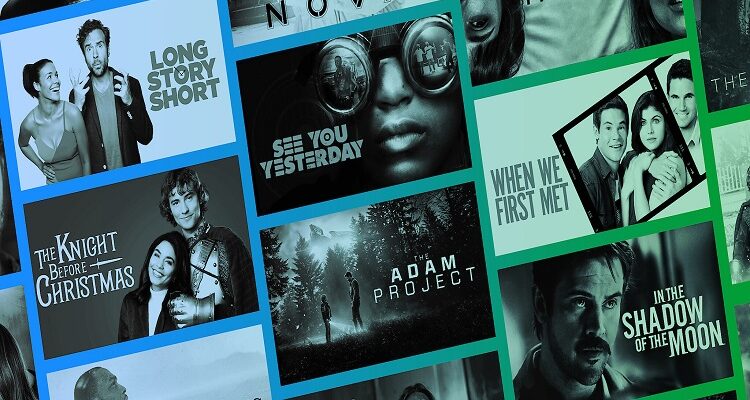Introduction
The digital revolution has brought about significant changes in various industries, and the entertainment sector is no exception. The traditional model of renting or purchasing physical copies of movies has been disrupted by the rise of streaming services. This article delves into the economics behind the streaming movie industry, exploring how these platforms operate, generate revenue, and impact the overall film ecosystem.
The Shift to Streaming
The advent of high-speed internet and advancements in digital technology paved the way for streaming services to emerge as dominant players in the movie industry. Streaming platforms like Netflix, Amazon Prime Video, Hulu, Disney+, and others offer on-demand access to a vast library of movies on ofilmywap and TV shows for a monthly subscription fee. This shift has had profound economic implications for both content creators and consumers.
Revenue Generation
Streaming services employ a subscription-based model as their primary source of revenue. Subscribers pay a recurring fee, which grants them access to the platform’s content library. This model allows streaming services to secure a steady and predictable income stream, which contrasts with the uncertainty of box office revenues for traditional movie releases.
In addition to subscription fees, some streaming platforms include advertisements for users who opt for free or lower-tier subscription plans. Ad-supported models generate revenue through advertisers who pay to have their commercials featured during content playback. Moreover, partnerships with device manufacturers and licensing deals with other platforms contribute to the revenue streams of streaming services.
Economies of Scale
One of the key advantages of the streaming model is its ability to leverage economies of scale. Unlike traditional cinema releases, where physical copies of films need to be distributed to individual theaters, streaming platforms can deliver content digitally to a global audience. This eliminates the need for costly physical distribution, reducing expenses and increasing efficiency.
Additionally, as the subscriber base of a streaming service grows, the cost per subscriber decreases. This is because the fixed costs of content acquisition and platform maintenance can be spread across a larger user base. As a result, established streaming platforms can negotiate better deals with content creators and invest more in original programming.
Impact on Content Creation
The streaming revolution has reshaped the dynamics of content creation in the movie industry. Streaming services are now major players in financing and producing original content, including movies and TV shows. This has provided filmmakers with additional avenues for funding and distribution, breaking down some of the barriers associated with traditional studio systems.
Moreover, the demand for diverse and original content by streaming platforms has led to increased competition for compelling scripts and concepts. This competition benefits content creators as it drives up prices for licensing and production deals. The influx of investment in original content has also created more opportunities for actors, directors, writers, and other industry professionals.
Challenges for Traditional Cinema
While the streaming model offers numerous benefits, it has also presented challenges for traditional cinema chains and the movie distribution ecosystem. The bollyflix simultaneous release of movies on streaming platforms and in theaters, or even the exclusive release on streaming services, has led to debates about the impact on box office revenues. The convenience of streaming at home has drawn audiences away from traditional movie theaters, posing a threat to the latter’s economic viability.
In response, some movie studios have experimented with hybrid release models, where movies are released in theaters and on streaming platforms simultaneously. However, finding the right balance between catering to the growing streaming audience and preserving the cinematic experience remains a challenge.
Global Reach and Market Expansion
Streaming services have not only changed how movies are consumed but have also expanded the market for global content. These platforms offer a diverse range of films from various countries, giving international filmmakers a chance to showcase their work to a worldwide audience. This has led to greater cultural exchange and a broader appreciation of global cinema.
Moreover, streaming services have tapped into previously underserved markets with limited access to virtual copies of movies on ofilmywap. They have brought the joy of cinema to regions where the traditional distribution model was not feasible, further expanding the industry’s reach and economic potential.
Conclusion
The economics behind the streaming movie industry are reshaping the entertainment landscape in profound ways. Subscription-based models, economies of scale, and original content production have led to significant revenue streams for streaming platforms. While the rise of streaming has brought about challenges for traditional cinema, it has also presented opportunities for content creators and expanded the global market for movies. As technology continues to evolve, the streaming movie industry will likely continue to shape the future of entertainment and redefine how audiences experience films.







Comments